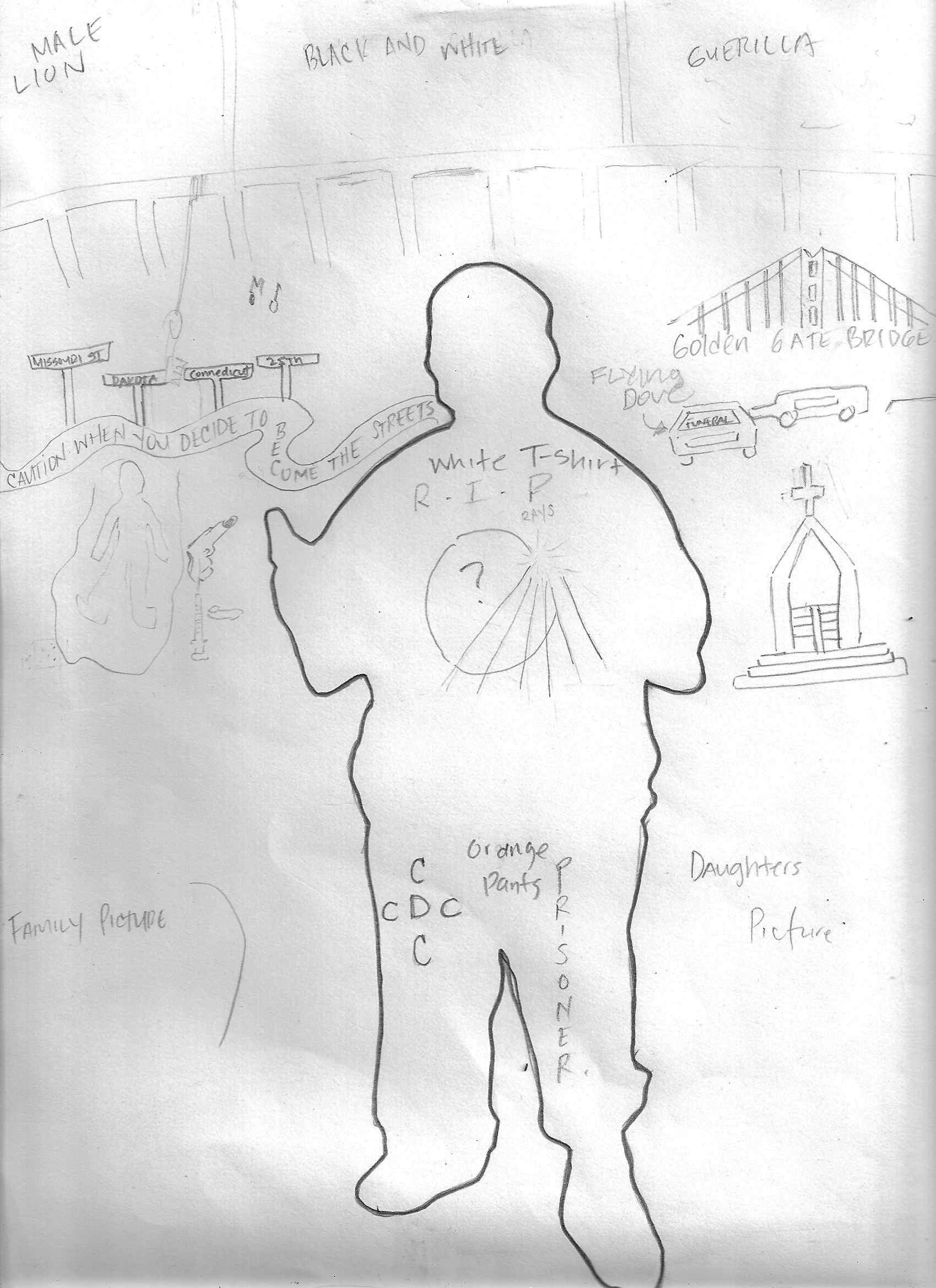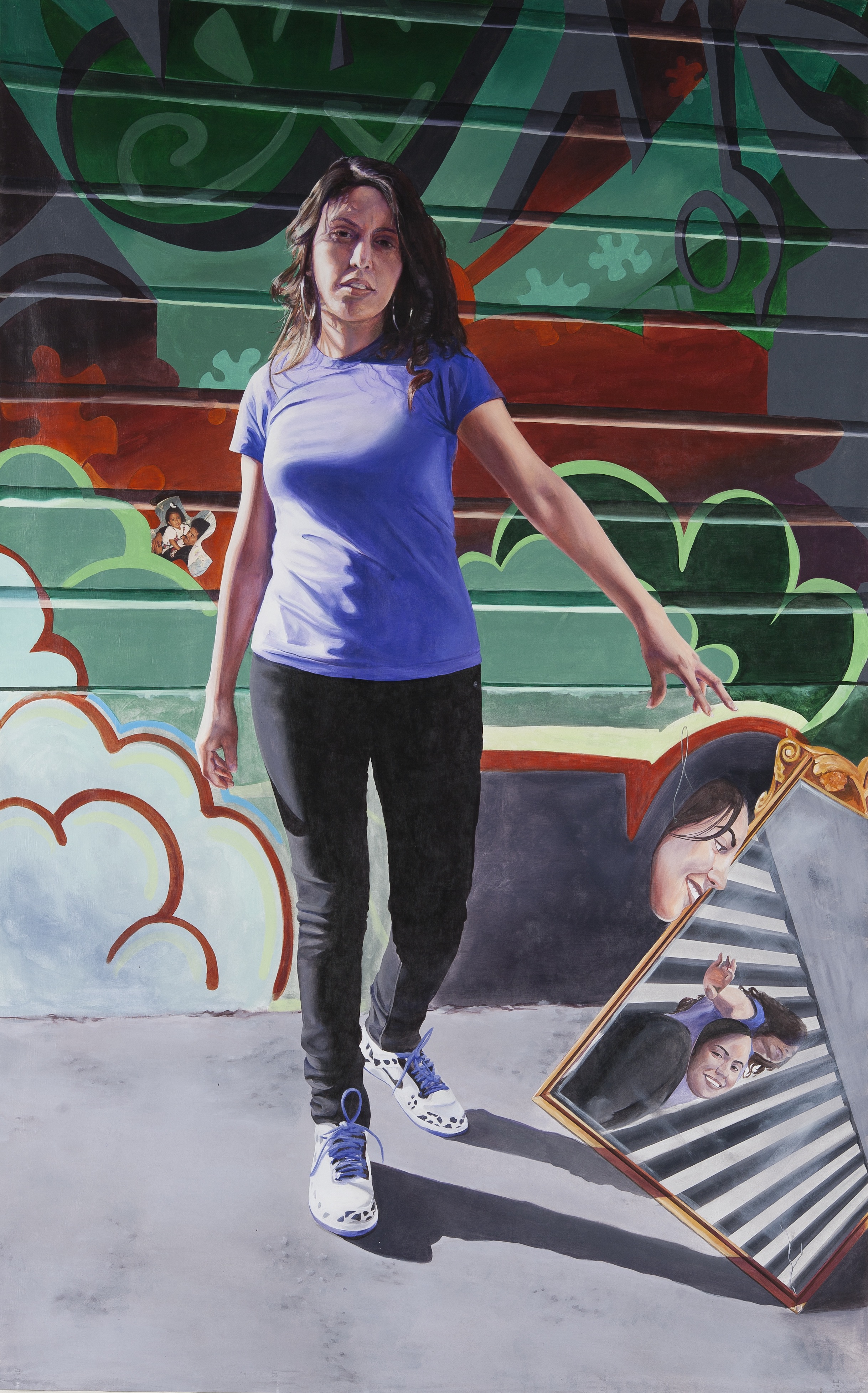A dialogic, arts-based research project about experiences with incarceration. Over six months, I met separately with incarcerated fathers and young people who have incarcerated parents. I carried written, audio and visual materials back and forth between the two groups in a weekly multimodal conversation. Not related and never coming into contact with each other, the two groups would work on the same exercises and prompts each week and direct the content of the conversations. I added exercises in painting, drawing, writing, meditation and the history of the prison industrial complex as additional mediums for sharing and developing ideas. The dialogue supported the articulation of what Donna Haraway refers to as situated knowledges, building a nuanced description of incarceration’s impacts through the contestation, sharing and connections made between the subjective experiences of the group members. Throughout this phase, we shared sketchbooks that were filled with text, drawings, symbols, metaphors and photos. The sketchbooks became archives that informed the next phase of the project in the form of portraits.
Antonio Gramsci wrote that critical elaboration of consciousness is a process of compiling an inventory of the “infinity of traces” that result from historical processes. After each person analyzed their archives and developed draft inventories in the form of portraits, I painted the final works, which are each 8' x 5', acrylic and oil pastel on non woven media. The project has been exhibited in galleries, colleges, jail, and Alcatraz Island and always includes multiple portraits, workshops or talks, project archives and extensive historical context.
The timeline created during this project as a workshop tool, and expanded with the help of Tanya Orellana, later became The Knotted Line.
This project is possible through a collaboration between multiple programs of Community Works (Project WHAT! and RSVP) and with funding from LEF, the Puffin Foundation, the support of Savory Thymes and Panta Rhea foundation, and many individual donors. Special thanks to Dee Morizano Meyers who helped create the labyrinth and co-facilitated workshops at San Bruno Jail.




























